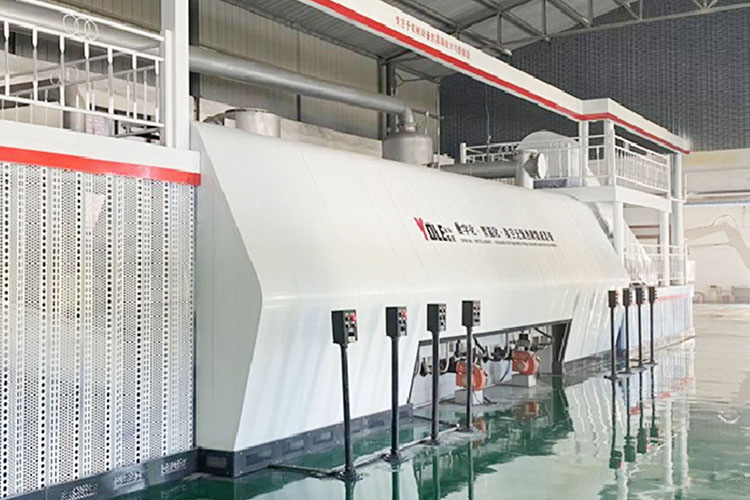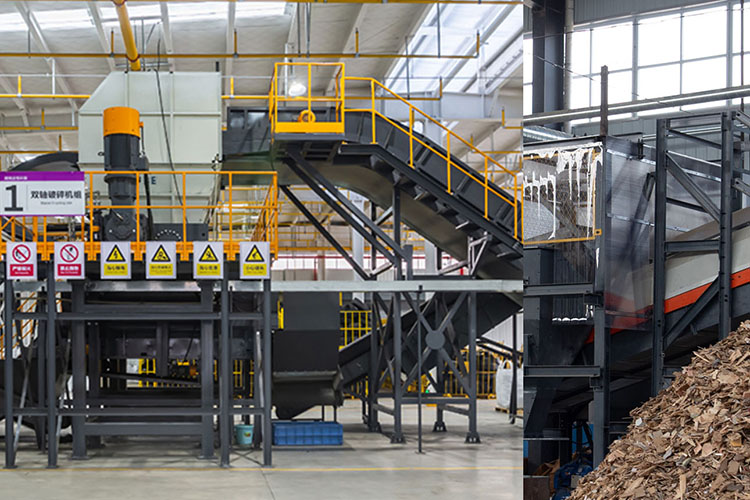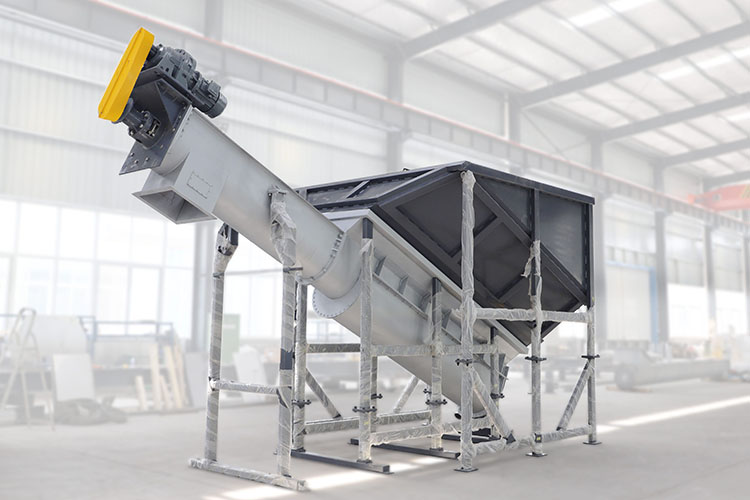Kitchen waste refers to the kitchen waste generated by the catering industry, households, and other units, including organic substances such as food residues, fruit peels, vegetable leaves, etc. Reasonable disposal of kitchen waste can reduce environmental pollution and achieve resource utilization. Kitchen waste treatment equipment converts kitchen waste into organic fertilizers, biomass fuels, etc. through a series of processes, which has high environmental and economic value.

Firstly, kitchen waste needs to be collected and can be collected through specialized trash cans or other collection equipment. Then the collected kitchen waste needs to be crushed and processed to turn large pieces of garbage into fine particles, which is beneficial for subsequent fermentation treatment. The crushed kitchen waste enters the fermentation tank for fermentation, and the heat generated during the fermentation process can increase the temperature, promote the growth of microorganisms, and accelerate the decomposition rate of the waste. Organic waste undergoes anaerobic fermentation under anaerobic conditions, producing organic gases such as methane, which can be used as biomass fuel. Collecting biogas produced by fermentation can be used for power generation, heating, and other purposes to achieve energy utilization. After fermentation, kitchen waste will form solid and liquid waste, requiring solid-liquid separation treatment and using the solid part as organic fertilizer. Disinfect solid waste to ensure there are no harmful microbial residues and it can be safely used as organic fertilizer. Finally, the processed kitchen waste is transformed into organic fertilizers, biomass fuels, etc., achieving resource utilization.

The kitchen waste treatment equipment adopts biological fermentation technology, which does not require the addition of chemical agents, reducing environmental pollution. Through treatment, kitchen waste can be transformed into organic fertilizers, biomass fuels, etc., achieving resource utilization and reducing the consumption of natural resources. After treatment, the volume of kitchen waste is greatly reduced, reducing the occupation of the landfill and extending the service life of the landfill. Through fermentation and anaerobic fermentation treatment, the odor generated by kitchen waste can be reduced and the surrounding environment can be improved. Kitchen waste treatment equipment can generate organic gases such as biogas, which can be used as biomass fuel to reduce energy consumption costs.

In summary, kitchen waste treatment equipment converts kitchen waste into organic fertilizers, biomass fuels, etc. through a series of processes, which has high environmental and economic value and is of great significance for promoting waste classification and resource utilization. With the increasing awareness of environmental protection among people, the application prospects of kitchen waste treatment equipment will become increasingly broad.
Yongle Environmental Protection is mainly engaged in the research and development, production and sales of complete sets of technical equipment for organic solid waste disposal and comprehensive utilization. Production and manufacturing, domestic waste treatment equipment, tire pyrolysis equipment, medical waste disposal equipment, hazardous waste disposal equipment, and achieve efficient and comprehensive utilization of resources through independently developed low-temperature anaerobic pyrolysis equipment technology solutions.
Tags:The process and characteristics of kitchen waste treatment equipment,kitchen waste treatment equipment,YongleGroup
 Latest news
Latest news


























